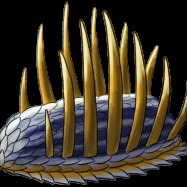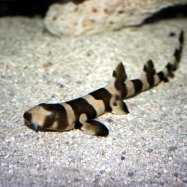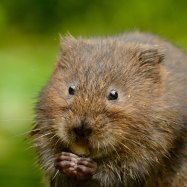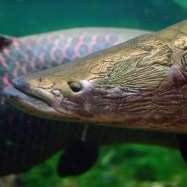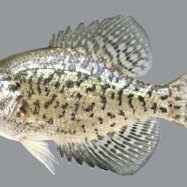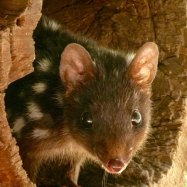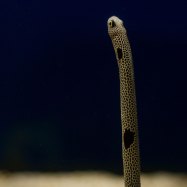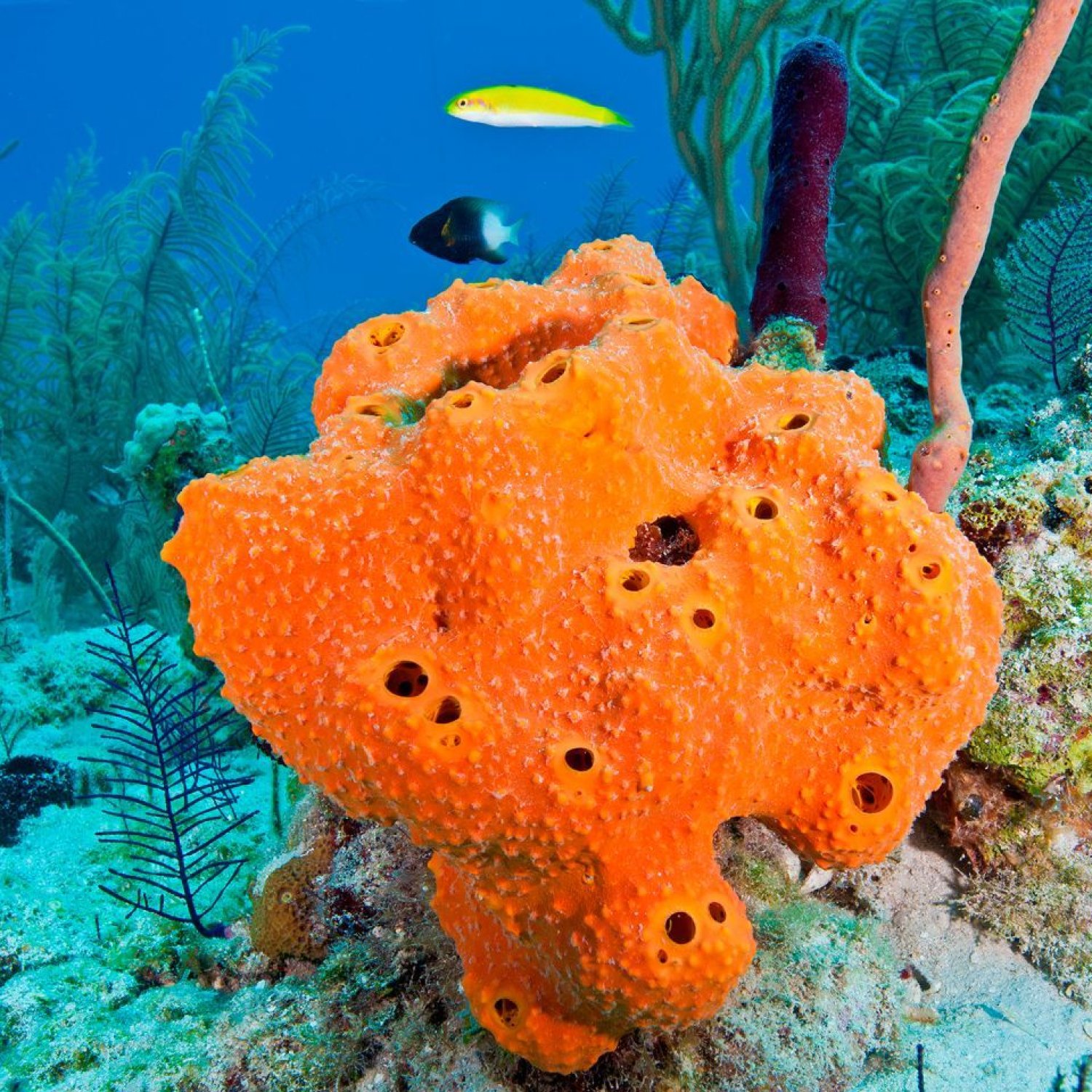
Sponge
Ranges from millimeters to meters
Sponges are fascinating animals found in oceans and even freshwater! They come in a variety of sizes, from millimeters to meters long. Despite their name, they are not related to kitchen sponges. Instead, they are members of the animal kingdom with a unique body shape, like a sack or branching structure. Next time you're near the water, keep an eye out for these curious creatures.
Animal Details Summary:
Common Name: Sponge
Kingdom: Animalia
Habitat: Aquatic
Sponges: The Hidden Heroes of the Ocean
The ocean is a vast and mysterious place, full of creatures big and small. One such creature may seem unassuming at first glance, but it plays a crucial role in maintaining the health and balance of marine ecosystems. We're talking about sponges – the unsung heroes of the ocean.Sponges, scientifically known as Porifera, are a diverse group of animals found in both saltwater and freshwater environments Sponge. They come in different sizes, shapes, and colors, making them one of the most fascinating creatures in the ocean. In this article, we will take a closer look at these fascinating creatures and discover why they are essential to the health of our oceans.
The Anatomy of a Sponge
At first glance, sponges may not look like animals at all. They lack the usual features we associate with animals, such as a brain, mouth, or limbs. Instead, they have a deceptively simple structure made up of small pores called ostia, which allow water to flow through their bodies. Their bodies are made up of two main layers – the outer layer called the epidermis and the inner layer known as the choanoderm.The choanoderm is made up of specialized cells called choanocytes, which have hair-like structures called flagella that create a current to bring in water and trap food particles. These trapped particles, such as bacteria and tiny algae particles, are then digested by the sponge's cells. This filter-feeding method is how sponges get their nutrients, making them vital to the marine food chain Sand Cat.
A Diverse Kingdom
Sponges belong to the kingdom Animalia, placing them alongside other animals such as mammals, birds, and fish. However, sponges are fascinating because they are the simplest form of animal life, with over 5,000 species in the world. They can be found in a range of habitats, from shallow waters to deep-sea trenches, and even on the ocean floor. They also come in different shapes and sizes, ranging from a few millimeters to several meters in length.Sponges can be classified into three main categories based on their body shape – vase-shaped, encrusting, and branching. Vase-shaped sponges, also known as tubular sponges, have a cylindrical body with a single large opening on one end, resembling a vase. Encrusting sponges, as the name suggests, form a thin layer on the surface of rocks or other structures. Finally, branching sponges have a complex branching structure that looks like a tree.
The Power of Regeneration
One of the most interesting aspects of sponges is their impressive regeneration abilities. If you cut off a sponge into tiny pieces, each piece can regenerate into a new sponge. This trait makes them useful for scientists studying cell regeneration and tissue transplantation.Furthermore, sponges can also regenerate body parts, including their choanocytes, which are essential for their filter-feeding process. This ability helps them survive in harsh conditions, especially when their environment changes or is disrupted.
Worldwide Distribution
Sponges can be found in all of the world's oceans, from the warm tropical waters to the cold depths of the Arctic and Antarctic. They can also thrive in freshwater lakes and rivers, making them a truly global species. Their ability to adapt to different environments contributes to their widespread distribution.However, the exact origin of sponges remains a mystery. Some scientists believe that they originated in the Cambrian period, over 500 million years ago, while others speculate that they may have evolved even earlier, during the Precambrian period.
Sponges as Ecosystem Engineers
Apart from providing food for other marine organisms, sponges play a crucial role in maintaining the health of the ocean's ecosystems. As filter feeders, they help to keep the water clean and remove waste particles, preventing the buildup of harmful substances. This function is particularly important in coral reefs, where sponges can filter up to 90% of bacteria and organic matter, keeping the coral healthy.Furthermore, sponges also act as a shelter and breeding ground for various marine organisms. Many species of fish, crustaceans, and snails hide and lay their eggs in sponge bodies, making them important for marine biodiversity.
Hidden Gems of the Ocean
Despite their vital role in marine ecosystems, sponges are often overlooked and underappreciated. Many people may not even know that sponges are living animals, mistaking them for plants or rocks. Nevertheless, their significance cannot be denied, and their unique properties continue to fascinate scientists and researchers.In recent years, scientists have started exploring the potential of sponges for scientific and medical advancements. Researchers have discovered many compounds in sponges that can be used for various purposes, such as treating cancer, malaria, and viruses. They are, without a doubt, an invaluable resource waiting to be tapped.
Threats to Sponges
Despite their resilience and importance, sponges are facing numerous threats that jeopardize their survival. Overfishing, pollution, and climate change are some of the major factors contributing to the decline of sponge populations worldwide.Overfishing can have a severe impact on sponges, as they provide a vital source of food for many commercially important fish species. Similarly, pollution, such as nutrient runoff from agricultural activities, can cause eutrophication, leading to algal blooms that can suffocate and kill sponges.
Moreover, climate change, with rising sea temperatures and ocean acidification, can have a significant impact on sponge populations. Sponges are sensitive to temperature changes, and even a minor increase can cause them to die off. Ocean acidification also affects their ability to create their skeletons, as their bodies are made up of calcium carbonate.
What Can We Do?
The good news is that there are things we can do to protect sponges and the ocean's health. One of the most crucial steps is reducing our carbon footprint by cutting down on our carbon emissions. This can be done through simple steps like using energy-efficient appliances, taking public transportation, and adopting a more plant-based diet. By reducing our carbon footprint, we can help to mitigate the effects of climate change and give sponges a better chance of survival.Moreover, we can also support sustainable fishing practices to reduce the impact of overfishing on sponge populations. By choosing to consume sustainably sourced seafood, we can play our part in promoting responsible fishing practices that benefit sponges and other marine organisms.
In Conclusion
In summary, sponges may not be the flashiest or most eye-catching creatures in the ocean, but they play a crucial role in maintaining marine ecosystems' health and balance. From their unique anatomy and diverse distribution to their remarkable regenerative abilities and importance in medicine, sponges are truly fascinating creatures worth learning more about. As we continue to explore and discover more about the ocean and its inhabitants, let's not forget to give sponges the appreciation and protection they deserve.

Sponge
Animal Details Sponge - Scientific Name: Porifera
- Category: Animals S
- Scientific Name: Porifera
- Common Name: Sponge
- Kingdom: Animalia
- Phylum: Porifera
- Class: Demospongiae
- Order: -
- Family: -
- Habitat: Aquatic
- Feeding Method: Filter feeder
- Geographical Distribution: Worldwide
- Country of Origin: -
- Location: Ocean, freshwater
- Animal Coloration: Varies
- Body Shape: Sack-like or branching
- Length: Ranges from millimeters to meters
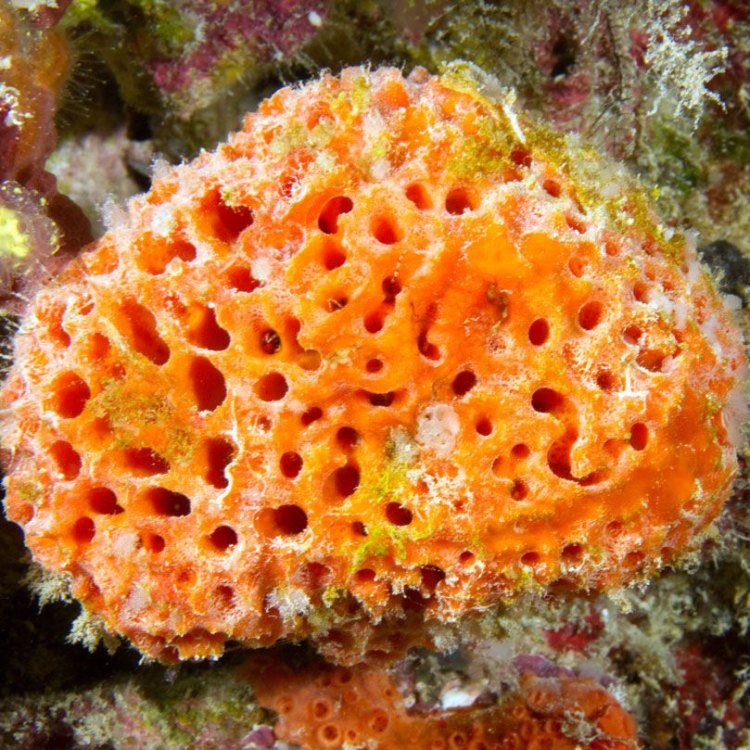
Sponge
- Adult Size: -
- Average Lifespan: Varies
- Reproduction: Sexual and asexual
- Reproductive Behavior: -
- Sound or Call: -
- Migration Pattern: -
- Social Groups: -
- Behavior: Sessile (attached to a surface)
- Threats: Habitat destruction, pollution, overharvesting
- Conservation Status: -
- Impact on Ecosystem: Ecological engineers, provide habitats for many organisms
- Human Use: Cleaning, medical research
- Distinctive Features: Porous body structure, lack of true tissues or organs
- Interesting Facts: Oldest known animal group, can regenerate from fragments
- Predator: -
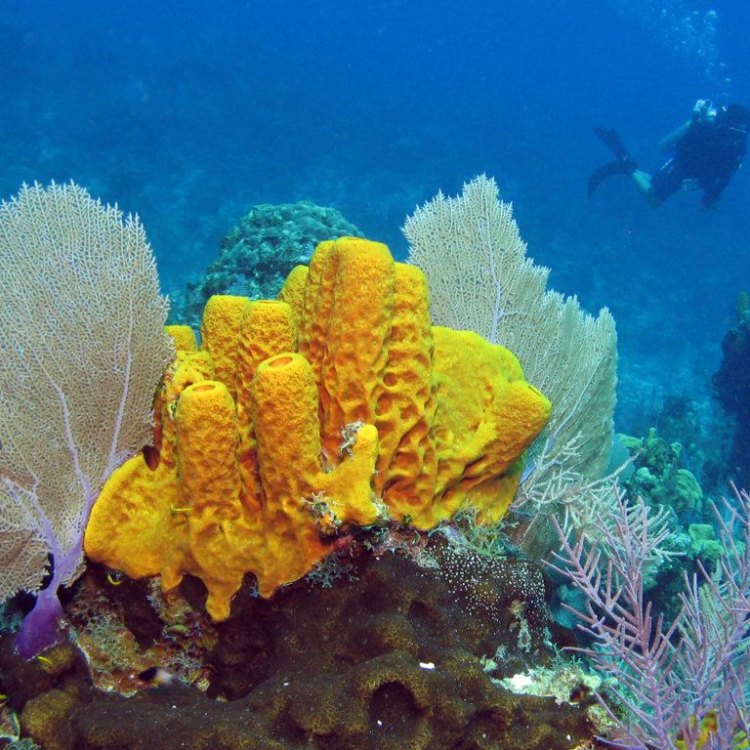
Porifera
The Wonders of Sponges: The Ocean's Underappreciated Creatures
The ocean is a vast and mysterious world, filled with an incredible variety of creatures. From colorful fish to majestic whales, the ocean is home to some of the most fascinating and iconic animals on the planet. Yet there is one group of creatures that often goes unnoticed and overlooked - sponges.Sponges may seem like insignificant organisms, but they are actually one of the most unique and important species in the ocean PeaceOfAnimals.Com. In this article, we will delve into the fascinating world of sponges, exploring their distinctive features, interesting facts, and crucial contributions to the ecosystem.
But first, let's understand what sponges are and where they fit into the animal kingdom.
The Basics of Sponges
At first glance, sponges may be mistaken for plants or rocks. However, they are actually classified as animals and belong to the phylum Porifera, meaning "pore-bearer" in Greek. This phylum is made up of approximately 9,000 species, with the majority living in the ocean.
What sets sponges apart from other animals is their lack of true tissues and organs. Instead, their bodies are made up of a porous structure that resembles a network of intricate tubes and canals, known as a water canal system. This system is essential for all their physiological functions, including feeding, respiration, and waste removal.
The Incredible Diversity of Sponges
Despite their seemingly simple structure, sponges come in a wide variety of shapes, sizes, and colors Satanic Leaf Tailed Gecko. They can range from a few centimeters to meters in size, and each species has its unique body form and structure.
Interestingly, sponges are also incredibly long-lived. The average lifespan of a sponge varies, but some species can live for hundreds or even thousands of years. The oldest recorded sponge was found in the Mediterranean Sea and was estimated to be around 2,300 years old.
Reproduction: A Mix of Sexual and Asexual
Sponges have a fascinating way of reproducing, and they have a unique mix of both sexual and asexual methods. Some species reproduce exclusively through sexual reproduction, while others only use asexual reproduction. Some species can even switch between the two depending on environmental conditions.
In sexual reproduction, male and female sponges release sperm and eggs into the water, where fertilization takes place. The fertilized eggs then develop into larvae, which eventually settle and grow into new sponges. In asexual reproduction, sponges can either produce gemmules, specialized cells that can develop into new sponges, or they can reproduce through fragmentation, where a piece of the sponge breaks off and develops into a new individual.
An Unsung Hero in the Ecosystem
You may be wondering, how can an organism with no tissues or organs play a significant role in the ecosystem? The answer lies in the sponge's ecological engineering capabilities.
Sponges are sessile creatures, meaning they are attached to a surface and cannot move. As a result, they are constantly filtering and cycling large volumes of water, serving as natural water purifiers in the ocean. They also provide habitats for many other organisms, such as shrimp, crabs, and tiny fish. Sponges are essential in maintaining the balance of the marine ecosystem, making them true ecological engineers.
The Threats Facing Sponges
Despite their critical role in the ocean, sponges face many threats, primarily from human activities. Habitat destruction, pollution, and overharvesting are the main culprits posing a significant threat to these marine creatures.
Habitat destruction, caused by activities such as coastal development and trawling, disrupts the delicate balance of the ocean and can lead to the decline of sponge populations. Pollution, especially from chemicals and plastics, can also harm sponges and interfere with their physiological functions. Overharvesting, primarily for use in the cosmetic and medical industries, can also have severe consequences on sponge populations, as they are slow-growing and take a long time to recover.
Unleashing the Potential of Sponges
With their unique features and incredible abilities, it's no surprise that humans have found various uses for sponges throughout history. From ancient civilizations to modern-day, humans have utilized sponges in various ways, including cleaning and medical research.
Sponge diving has been practiced for centuries in countries like Greece and Turkey, where divers collect sponges for various uses. Sponges are highly absorbent and have excellent cleaning properties, making them useful for cleaning dishes, vehicles, and even skin. In the medical field, sponges have been used for wound dressings, and their chemical compounds have been studied for potential use in treating diseases such as cancer and malaria.
Interesting Facts about Sponges
Now that we have covered the basics of sponges let's dive into some fascinating facts about these underappreciated creatures.
- Sponges are the oldest known animal group, with fossils dating back over 500 million years.
- Sponges do not have a central nervous system, but they can respond to stimuli through specialized cells called choanocytes.
- Sponges can regenerate from small fragments, making them incredibly resilient creatures.
- There are over 500 species of sponges found in the Great Barrier Reef alone.
- Some species of sponges contain compounds that have anti-cancer and anti-inflammatory properties.
- Some species of sponges are bioluminescent, meaning they can produce light.
The Future of Sponges
Given their critical role in maintaining the health of the ocean, it's essential to protect and conserve sponge populations. However, due to limited research and understanding of these creatures, sponges are not currently classified under any conservation status.
To protect sponges, we must focus on reducing the threats they face, such as habitat destruction and pollution. This can be achieved through sustainable fishing practices, reducing plastic pollution, and creating marine protected areas.
In addition, further research and understanding of sponges are crucial for their conservation. We need to continue studying these incredible creatures to unveil their potential for medical and other uses, as well as understand their role in the ecosystem better.
Final Thoughts
Sponges may seem like unremarkable creatures, but they are, in fact, one of the most unique and important species in the ocean. From their distinctive features to their ecological contributions and various human uses, sponges are true wonders of the ocean.
It's time for us to appreciate and protect these unsung heroes of the ocean. Let's continue exploring and learning about the fascinating world of sponges and do our part in preserving their future. Who knows, there may still be much more to uncover and discover about these mysterious creatures in the depths of the ocean.
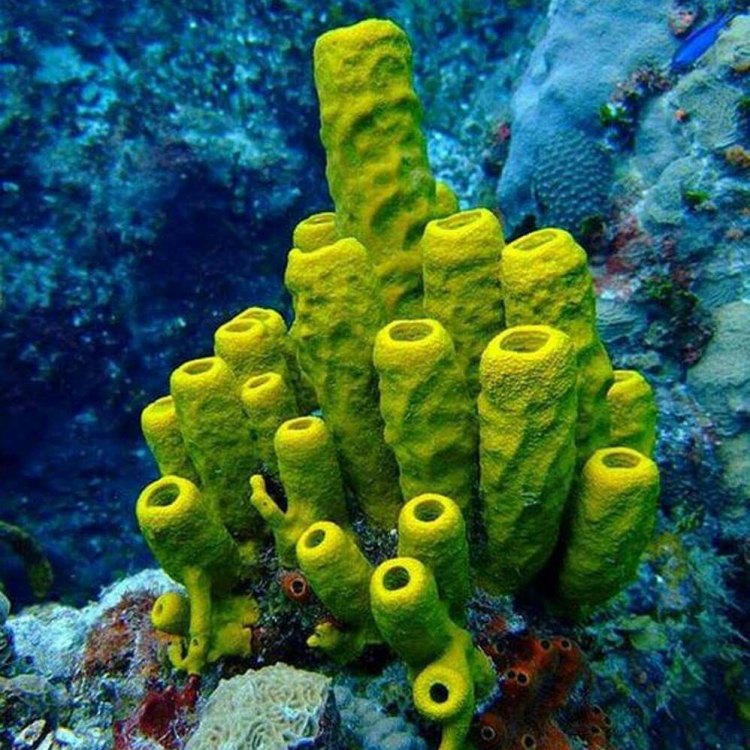
Sponges: The Hidden Heroes of the Ocean
Disclaimer: The content provided is for informational purposes only. We cannot guarantee the accuracy of the information on this page 100%. All information provided here may change without prior notice.


